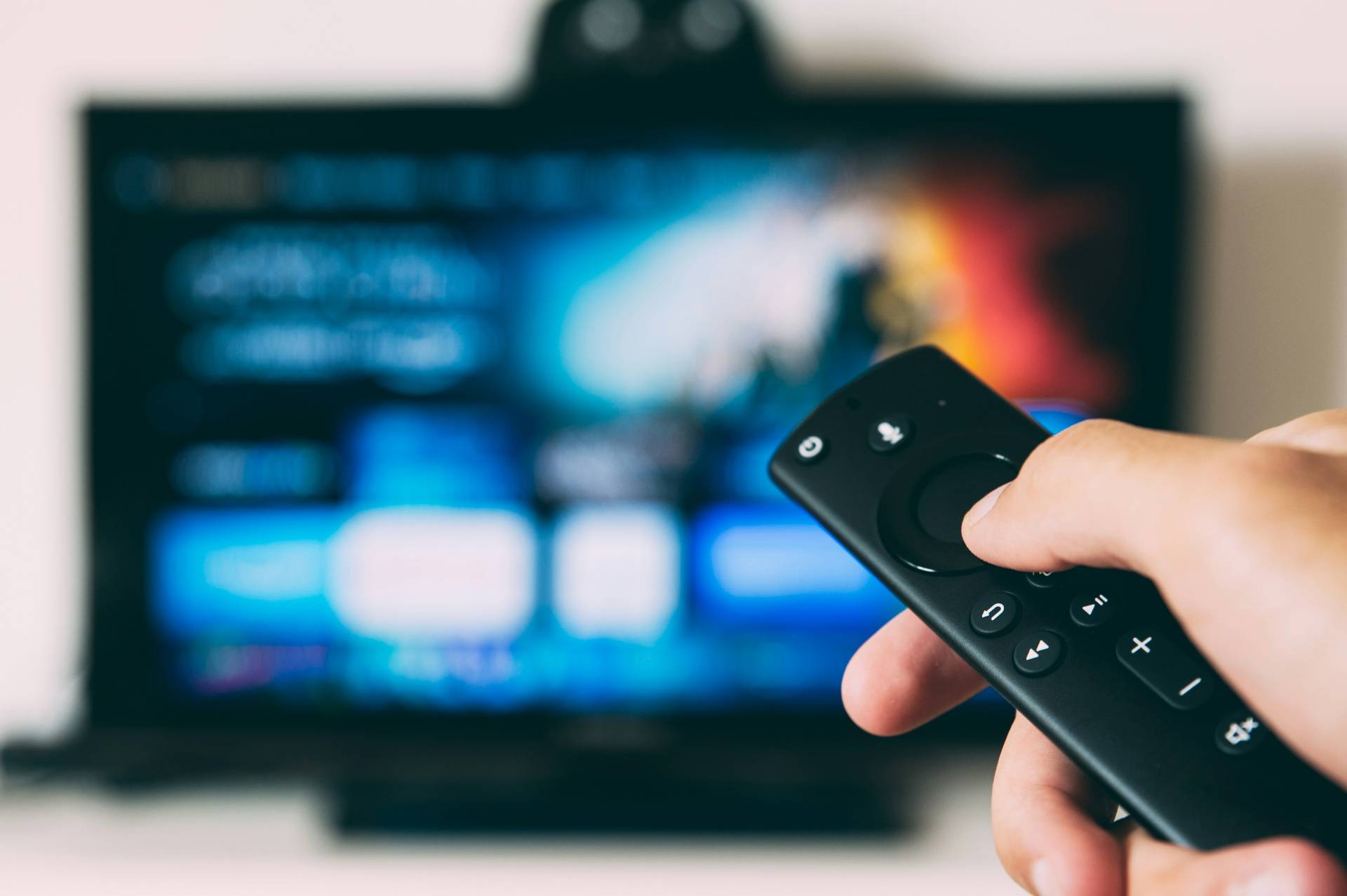
2025 TV Buyer’s Shortlist: The 10 Models That Stand Out This Year
Discover the top 10 must-see TVs of 2025, showcasing exceptional features and stunning designs that elevate your viewing...
What is OBD2? On-board diagnostics (OBD) is an automotive term referring to a vehicle's self-diagnostic and reporting capability. Vehicles produced after 1996 use OBD-II, which is a standardized system that simplifies the process a whole lot. These vehicles all use a common ...What is OBD2? On-board diagnostics (OBD) is an automotive term referring to a vehicle's self-diagnostic and reporting capability.
Vehicles produced after 1996 use OBD-II, which is a standardized system that simplifies the process a whole lot. These vehicles all use a common diagnostic connector and a set of universal trouble codes. Though only emission-related codes and data are required to be transmitted through it according to U.S.
legislation, most manufacturers have made the OBD-II Data Link Connector the main connector in the vehicle through which all systems are diagnosed and reprogrammed. At the most basic level, the check engine light indicates that some sensor, somewhere in your engine, exhaust, or transmission, has provided unexpected data to computer. That could indicate a problem with the system the sensor is responsible for monitoring, a bad sensor, or even a wiring issue.
Where's the OBDII interface? The OBD2 port is often under the dash, or under a panel below the handbrake in the centre console. How to get started? Simply plug into the OBD II port on your car and turn ignition on and you ready to go. And you can also google the definition of some DTC which is really easy to find and understand.
No matter where you are, this compact device accompanies with you. Let you decide if it's something you can fix or need more advanced help. Save money and time.
EOBD The EOBD (European on board diagnostics) regulations are the European equivalent of OBD-II, and apply to all passenger cars of category M1 (with no more than 8 passenger seats and a Gross Vehicle Weight rating of 2500 kg or less) first registered within EU member states since January 1, 2001 for petrol (gasoline) engined cars and since January 1, 2004 for diesel engined cars.
Discover more insights and guides in this category

Discover the top 10 must-see TVs of 2025, showcasing exceptional features and stunning designs that elevate your viewing...